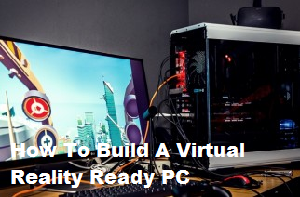You already have read, listened to, and seen a lot about virtual reality. Now is the time to take action and experience virtual reality yourself. This guide will help you create a VR-ready gaming PC build environment and help you design your first Best CPU for VR as well as Gaming pc under $600

Gaming pc under $600
Dell Optiplex 7050 SFF Desktop PC

Acer Aspire TC-1760-UA92 Desktop

ASUS TUF F15 Gaming Laptop
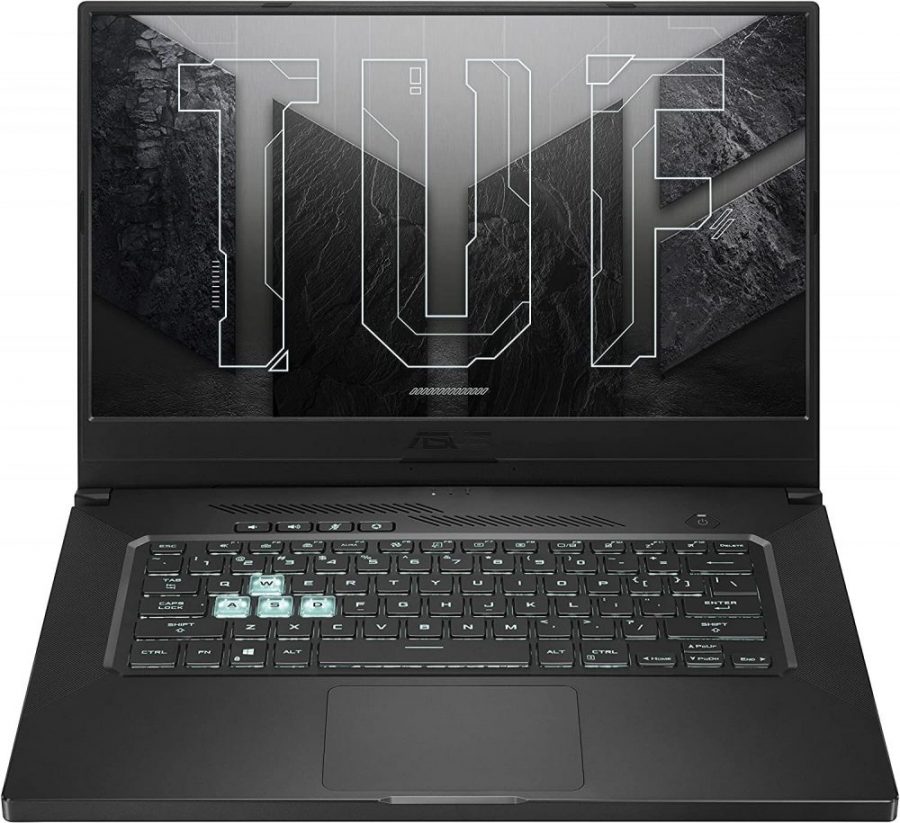
ASUS TUF F15 showed is a durable Gaming pc under $600 with military standards. The Asus TUF F15 is the gaming laptop with Dual fans with anti-dust technology. The key features are a corei5, a Ryzen 5 processor, a 15.6-inch display, a memory size of 16GB, and Nvidia GeForce RTX 3050 Ti 4GB GDDR6 graphics. Because of the innovative cooling system, gamers can push their laptops with overclocking even further, squeezing out every bit of performance. The laptop performs optimally while staying cool under pressure. It is a feature that will come in handy when it is time to suit up for virtual reality.
If you are planning to buy the Oculus Rift, the manufacturers of the VR headset have launched a simple software utility that checks if your PC is compatible or not. The utility is freely available and you don’t even need to pre-order the Rift to use it.

CYBERPOWERPC Gamer Xtreme
Operating System: Windows 11 Home
Manufacturer: CyberpowerPC
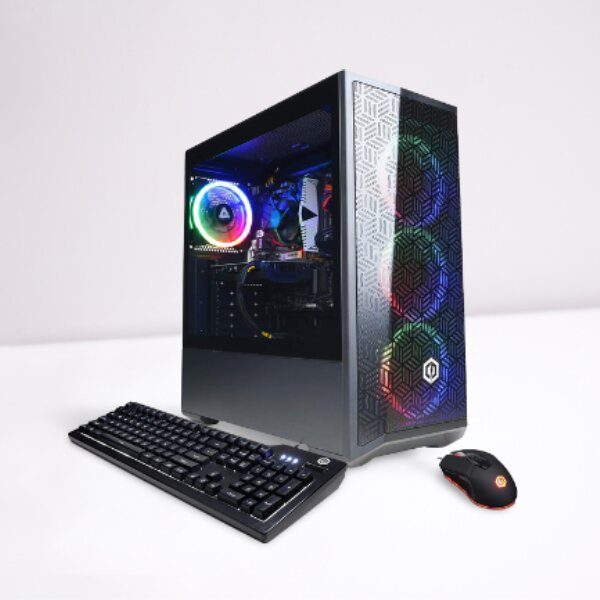
The unique style CyberpowerPC is the best Gaming pc under $600 with a 7-color RGB gaming mouse and RGB Keyboard. The NVIDIA GeForce RTX 3050, a high-performance intel core i5 processor with 8GB memory size offers more realistic graphics than ever before and has a speed of up to 2.6GHz with 6 cores.
Alongside it features DDR RAM to control various tasks such as video playback and gaming because the 11th Gen intel processor is specially designed for gamers.
Pros
- It is the best CPU for VR under $1000
- It is a great PC for the price

SkyTech Shadow 3.0 Gaming PC Desktop
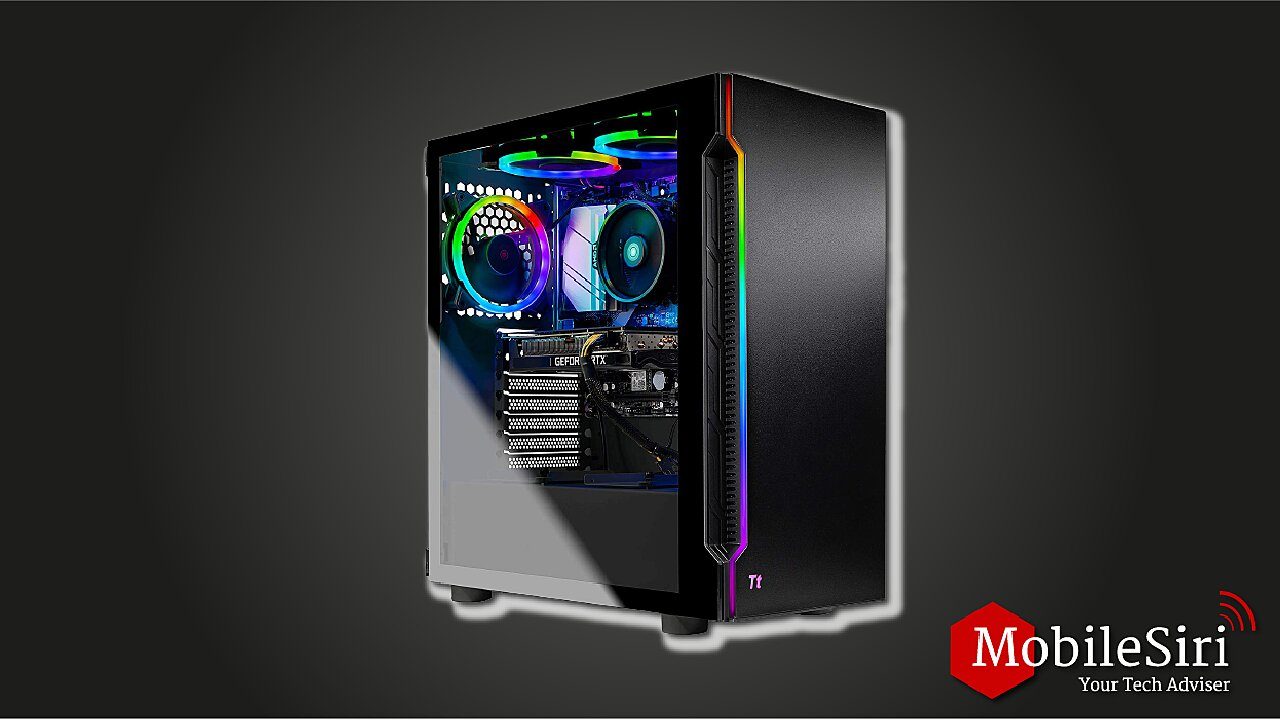
As we all know the most important element of PC gaming with a high frame rate is certainly the Graphic card, so Skytech Shadow 3 has the most original graphics with Ray Tracing on the GeForce RTX 3000 Series. It is the VR Gaming pc under $600. The key features are an 8-core, AMD Ryzen 7 3700X processor, windows 10, 16GB RAM, and GeForce RTX 3060 12GB graphics card.
Skytech offers 1 Year Warranty on Parts with the provision of Lifetime Free Technical Support manufacture in the USA. This powerful gaming Virtual Reality Ready PC can run all your favorite games such as World of Warcraft, League of Legends, Grand Theft Auto V, Apex Legends, Fortnite, Roblox, Player Unknown’s Battlegrounds, Overwatch, Counter-Strike: Global Offensive, Battlefield V, Minecraft. Available Gaming pc under $600

How to check if your PC is a VR-ready PC
You might think checking your PC to see if it’s VR-ready or not isn’t a big deal. Perhaps your PC already runs heavy games perfectly well and without any lag. But virtual reality games can tax a PC far more than PC games. Virtual reality games need to be rendered at a higher frame rate than normal. Furthermore, there can’t be any lag or delay. Fail on these counts, and you will be experiencing staggered movements that don’t react in time with your motions. This tends to make people nauseous. The images also need to be rendered twice, once for each eye. That is a tremendous amount of processing, and if your hardware isn’t compatible, you will be left behind.
Fortunately, it is quite easy to test if your systems are virtual Reality-ready PC or not. Compatibility tools are available online for both HTC Vive and Oculus Rift headsets.
Best CPU for VR
You took the above compatibility tests and the results showed that your PC doesn’t fit the bill. So, you decide to look for the best CPU for VR to buy for your VR headset. Well, look no further because we are here to help you out with that. There are a lot of good PCs out there but picking the right one can be a tough job.
There is no need to be disappointed if your PC isn’t VR-compatible. The PC you have today probably won’t run either the Oculus Rift or HTC Vive. There is a small chance that it will, and the chances increase if it’s a fairly recent tricked-out gaming desktop. The system specifications required for VR include a recent Intel Core i5 or Core i7 CPU. When it comes to the graphics card, you will need at least Nvidia GeForce GTX 970 or AMD R9 290.
The PCs discussed in this article are highly configurable. Here we have selected PC configurations across the whole price spectrum. We will cover from the best virtual Reality-ready PC with minimum specifications required for VR to highly specialized systems intended for virtual reality developers. You will also find some laptops from top brands.
The best price range to spend on your VR-ready PC is $2000. With that amount, you can easily get a current-generation Core i7-6700K processor and a single Nvidia GeForce GTX 980 graphics card, along with a decent amount of hard drive space for heavy game files.
Without further ado, here is the best CPU for VR-ready gaming PCs currently available in the market:
Virtual Reality is finally in the mainstream. With so many VR heads, these days anyone can get a taste of VR if one is dead set on it. Headsets like the Google Cardboard and its variation have made VR quite accessible. Then there are the ones powered by smartphones like Samsung’s Gear VR. Sony has also released its console-based VR headset that is powered by the PS4 recently. PlayStation VR provides a rich VR experience.
But, if you are looking to experience true virtual reality, Oculus Rift and HTC Vive are as close as it gets for now. The HTC Vive and Oculus Rift have now upgraded to the Cosmos and the Rift S, respectively, Both of these fetches quite a hefty sum. But, before spending all of your savings on either one, ensure you have a virtual reality-ready PC.
Oculus Rift Setup
First of all, you will need to download the Oculus Rift compatibility tool for Windows, the tool is available on the Oculus site. The compatibility tool doesn’t have a separate web page. It is situated on the Oculus Rift order page. This is to make sure that the customers can test their PCs and check if it is compatible before spending $599 on the virtual reality headset.
After downloading the tools run them. Uncheck the box above the start button if you don’t want your system specifications sent to Oculus. After that just click start and the program will run and analyze your system. The results of the test will be displayed in a simple format indicating whether your PC is compatible or not. The result will also tell you which components of your PC are falling behind.

Similar to Oculus, HTC Vive has also released a compatibility tool. The good thing about this tool is that it checks for both Oculus Rift and HTC Vive. The test is available on the Steam site for download. The Valve Performance Test tool needs to be downloaded and then installed on your PC. After that, the tool will evaluate your system. Once the Performance test is done, it’ll give you a breakdown of your operating system, GPU, and CPU. Furthermore, the result will also tell you which components you need to upgrade.
Below is the image of the SteamVR Performance Test running on a PC.

System Requirements For a Best CPU for VR:
Minimum system requirements for the best CPU for VR are listed below.

How to prepare your room for Virtual Reality:
If you already have a giant empty room in your house, just waiting to be transformed into your personal virtual reality room, then you are in good luck. But, if not then you have some work to do before you are properly prepared to welcome the VR headsets into your house. The space requirements of Quest 2 and Vive differ a lot from each other. Not a lot of space is required for the Oculus Rift. But, the HTC Vive, on the other hand, is a room-scale VR experience so it requires a lot more space.

How to Prepare Your Room For Oculus Rift:
The rift uses an external IR LED tracking sensor for head tracking. The small sensor is mounted on an elegant metal stand. The sensor resembles a minimalist microphone stand with a cylindrical webcam mounted on top. The head tracking works by detecting infrared LEDs. The rays are emitted from beneath the fabric covering of the Oculus Rift headset.
You will need to prepare a small area of around 1.5×1.5 meters. This amount of space will be VR-safe if you use a single sensor. The Oculus Rift ships with only one sensor but you can also order more to cover a larger space. To make the room VR safe remove all tripping hazards. Keep the desk area around your computer free of stuff that can get easily knocked down.
Check The Best Deals On Amazon For Oculus Quest 2
The Oculus Quest 2 is a wireless standalone headset with a brand-new processor and cinematic 3D positional audio generated from the built-in head speakers. The resolution has been upgraded a notch up, with 50% more pixels per eye (an approximate resolution of about 1832 x 1920 pixels).
With backward compatibility, you can now play previous and current versions of the same games from your Quest content library. It isn’t necessary now for you to stick with your desktop while gaming, thanks to the all-new wireless headset. Overall, Quest 2 is really a new quest for eager gamers out there.
How to Prepare Your Room For HTC Vive XR Elite:
The HTC Vive XR Elite is a full-scale room VR experience. Vive wants you to walk around when experiencing virtual reality. The Vive uses SteamVR’s Lighthouse tracking system. The tracker covers the room in safe lasers. It tracks your positions pretty accurately using those lasers.
The Vive XR Elite is an all-in-one headset so doesn’t need base stations. It can be worn wirelessly for less demanding games or via a PC-connected cable for more advanced gameplay.
Check The Best Deals for HTC Vive XR Elite On Amazon

Vive Lighthouse sensors should be placed in opposite corners for perfect tracking. Mounting the sensors in a perfect diagonal will ensure there is no occlusion.
You will have to completely free the space of furniture and other tripping hazards. If you don’t have a 4×3 meter free space available you can just place the sensors closer to track a smaller space area. Same as for Oculus Quest 2, it is best if you keep an empty desk or table to place all your VR accessories.
Remove all things that might be easily spilled or broken from the room as a precaution. Consider buying an anti-fatigue mat designed for standing desks to make the VR experience more comfortable. You can use the edges of the pad to center yourself as you start to wander around in VR. The pad will prevent you from stumbling too far. Also, clear a path between the PC and your play area. Make sure to get all the cables out of the way so you don’t trip on them.
How To Build A Virtual Reality-ready PC Yourself:

Now if you are an experienced gamer and have built personal gaming PCs before you may decide to take the hard but budget-friendly road, and build your own VR-ready PC. To run the Oculus Rift and HTC Vive your PCs have to be very powerful. If your current PC lacks in performance there are two things that you can do. You could buy a VR-ready PC, we have created a complete list of recommended VR-ready PCs above that you can choose from.
Alternatively, you can decide to build a VR-ready PC yourself. And if you do we are here to guide you through the process. Hopefully, this guide will help you build a PC capable of high-quality VR gaming. You can also refer to this guide if you are looking to upgrade your current PC to VR-gaming standards. Our primary focus will be the hardware demands of virtual reality headsets.
How to begin:
Building a PC is a lot simpler than you may think, it may seem daunting at first but once you decide what kind of PC you want, it is just a matter of choosing the right components and putting them together. Arguably, the hardest part of building a PC is selecting the right components. To begin here is an outline of what you will need to do:
- Decide what type of PC you want.
- Select the proper components according to your budget and needs.
- Insert the components into the CPU casing, in their respective slots.
- Install the operating system.
What you will need:
Here we will discuss all the components that will be required to build a VR-ready PC. For each component, there will be three options; the bare minimum, the mini, and the future-ready. If you are looking to build a budget PC that will properly play the VR titles of today the bare minimum will suit your needs.
The future-ready PC will be expensive, large, and have all the very best components available, and will be ready for all future virtual reality titles. But, if you are looking for something compact and small that won’t occupy much space, you could go for the smaller components to build a mini PC.
If you have built gaming PCs before you will have a bit of an idea of how to proceed, if you haven’t, try consulting someone who has, just to be on the safe side. When we talk about building a VR-ready PC, you will have to pick out your components very carefully. The components we have listed here have been thoroughly researched and they will run VR headsets without difficulty. So without further ado here are the components that you will need:
Graphics card:
The Graphics card is the main component of a VR-ready gaming system. Unless you have a recently tricked-out gaming PC chances are that you would have to upgrade. Both Oculus Rift and HTC Vive recommended minimum is AMD’s Radeon R9 290 or Nvidia’s GeForce GTX 1060. Both these cards will run the VR titles comfortably at the bare minimum.
It’s all about the frames when it comes to graphics in gaming. For satisfying gameplay on a PC 60 frames per second is the right choice. When it comes to VR what you need for smooth and comfortable gameplay is 90 frames per second. Any less will lead to staggering movement. And when it comes to VR if your actions don’t react in time with your motions then it will lead to nausea and disorientation.

A single GTX 1060 or Radeon R9 290 should be enough for a comfortable VR experience. But if you have got money to spend and are looking for something more you could go for two GPUs, or the GTX 980. It is better to save the extra money and wait for future GPUs instead of spending money on two GPUs right now. In case you are looking to go overboard and future-proof, your PC, two of Nvidia’s GeForce GTC 980 Ti graphic cards will do the trick.
For the bare minimum Virtual Reality Ready PC
For a mini VR-ready PC:
Asus Dual Nvidia GeForce RTX 3050
For a future-proof VR-ready PC:
CPU:
The CPU is the brain of the PC. The GPU will be the main star of your PC but you need a strong enough processor that will keep up with virtual reality rendering. Oculus and HTC recommend Core i5-4590 to run virtual reality smoothly. For the future-proof PC, we suggest Intel’s Core i9-Intel Core i9-13900k. To install this one you will need a new motherboard.
The Core-i7 also supports DDR4 RAM. Core i7-6700k is an unlocked processor, so you will be able to overclock it. For a mini VR-ready PC build the good old Core i7-4690k processor will be sufficient. It will easily fit in small motherboards, unlike Intel’s latest Skylake processors. It would be best to go for liquid cooling to keep the PC performance optimal.

AMD CPUs aren’t yet up to the task of rendering virtual reality, according to experts. This is because of it is lacking in single-threaded performance, which is how fast a processor can work on any single small task.
For the bare minimum VR-ready PC:
For a mini VR-ready PC:
For a future-proof VR-ready PC:
Memory (RAM):
Memory these days is quite affordable mostly because of how fast its technology is progressing. Compared to other components RAM is fairly cheap but still quite crucial to any PC. More RAM means your PC can run faster, and perform more tasks before hanging.
With virtual reality, it is very important to make sure that your computer doesn’t hang, or experience the slightest lag. So it is important to get the right amount of RAM for your VR-ready PC. VR experts suggest 8GB of RAM as a suitable choice. 8GB worth of DDR3 RAM will be more than sufficient for a bare minimum PC. For a future-proofed PC build, 16 GB of DDR4 RAM should be best. The DDR4 is quite new and hence expensive. If you are going for a mini PC, go for 16 GB DDR3 RAM.
For the bare minimum VR-ready PC:
For a mini VR-ready PC:
For a future-proof VR-ready PC:
Power Supply:

Next up is Power Supply. You will need a suitable power supply to power your VR ready PC. Power Supplies are available in a wide range of wattages, it will be important to select one that will properly power your PC. You can use PCPartPicker to keep track of all the hardware components that you have selected for your virtual reality compatible PC. The tool will help you estimate what wattage of Power supply you will need.
If you are going for the bare minimum PC build, Corsair CX series550watt power supply is a great choice. The massive 12,000-watt SeaSonic power supply will be better suited for future-proof VR-compatible PCs. This amount of power is most definitely a bit over the top for most users, but it will give you the opportunity to use three huge graphics cards if future VR games wind up requiring them.
It also provides an incredibly stable source of power for overclocking. Moreover, power supplies tend to outlive every other PC component, so a good power supply is an investment.
Storage:
You’ll need sufficient hard drive space to store your heavy VR games and the operating system. A $50 magnetic hard drive will be suitable for a bare minimum PC. It will be best to use SSDs (solid-state drives) for all PC builds. The traditional hard drive will give you a lot of space but an SSD will make your entire system feel faster.
A speedy 500GB SSD, along with a reliable 2TB 7200RPM standard hard drive for storage will be more than enough storage space for now.
Other Hardware Components:
The components listed above are the main ones that directly affect your virtual reality experience. There are still several crucial components left that are required to build a PC but they don’t affect the VR experience directly like the motherboard, CPU case, peripherals, etc. Still, we are not going to leave them out.
You are going to need a motherboard that will support your CPU and all other upgraded components. Gigabyte GA-Z170X Gaming 7 ($200) has space for three graphics cards and supports DDR4 RAM. It also has a Thunderbolt 3 port for external graphics.
Then comes the CPU case, you will need to carefully pick one that has enough but not too much space. It should also allow proper airflow so your system is kept cool at all times. You can pick the case that suits you best. You could go for a cool flashy design or something simplistic and light. The case we suggest is Corsair 760T, it has plenty of space and easily accessed dust filters. Other good cases include the Raidmax Super Hurricane, Cooler Master HAF 912, and the Rosewill Galaxy 02.
For the keyboard and mouse,
you can easily use the ones lying around or opt for a gaming pad. For an operating system, it is best to go with Windows 10.
Building a PC is a tough job, there are plenty of ways that you can mess up, but that doesn’t mean that one shouldn’t try. We hope that this article will help with your PC building process. Here are all the components for respective VR-ready systems in an easily readable format:
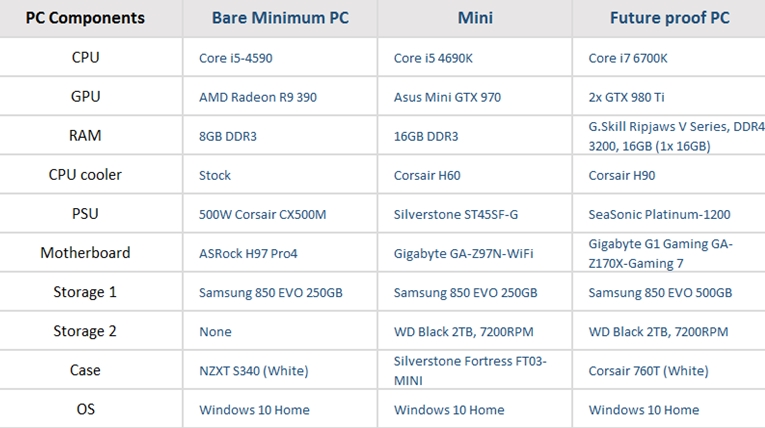
Gaming pc under $600
Intel Core i9-9900K
Intel Core i9-9900K is the best mini PC for a VR gaming processor.
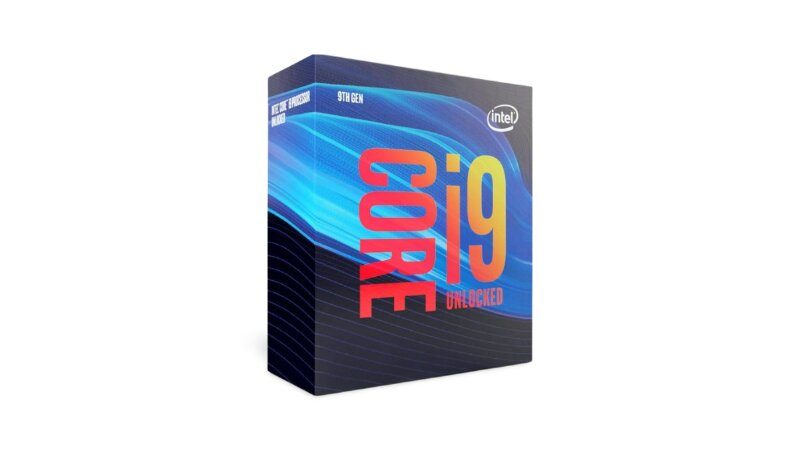
Features
- Intel core i9 9900K Processor
- 9th Gen
- Processor frequency 5GHz
- 8 cores/16 Threads
- Intel UHD Graphics 630
Pros
- It is much faster in streaming, and photo editing.
- Intel Core i9-9900K includes hyper-threading Technology
- Its build material allows the processor to transfer heat to the cooler and maintain a lower temperature during the game
Cons
- This great processor is quite expensive than the core i7 9700 processor

Origin PC Chronos

Chronos is a great-looking small desktop PC that is a lot smaller than big tower PC models. The system is also highly customizable. The key hot component is its liquid cooling system. The tower PC has some very clever magnetic rubber feet that make it easy to switch between horizontal and vertical orientations.
It comes with a lower-end GeForce 970 graphics card. But, it also comes overclocked for an extra performance boost. The Chronos VR is an original Origin PC. It measures 11.75 inches high by 4 inches wide by 13.75 inches deep and is made up of steel. It’s big enough to fit in a full-size graphics card such as an Nvidia 980. But, it is also small enough to be squeezed into a large backpack for occasional travel.
AMD Ryzen 9 5950x
AMD Ryzen 9 5950x has been building a reputation for making brilliant gaming systems for quite a couple of years now. The reasonably priced desktop has been quite popular and beat Intel processors. This best CPU for VR offers system memory type DDR-3200 and can deliver elite +100 FPS performance. The processor comes with 32 32-thread unlocked processing desktops having a Wraith Stealth cooler. This configuration comes with 16 Cores.
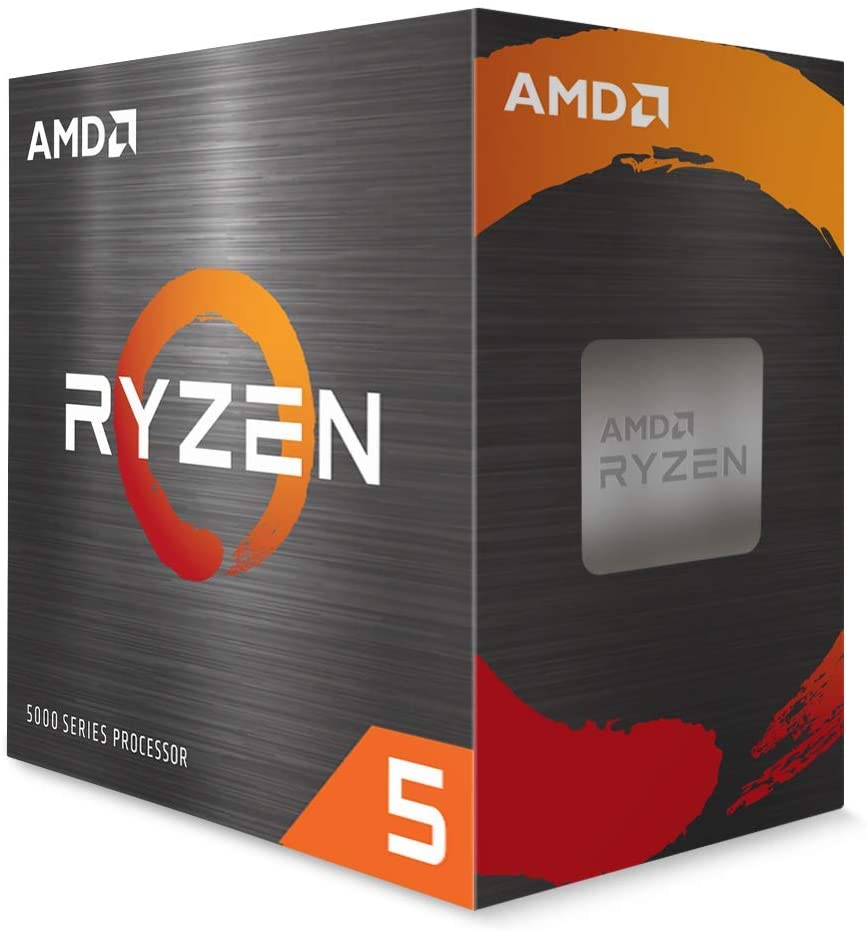
OMEN-GT13-Gaming Desktop
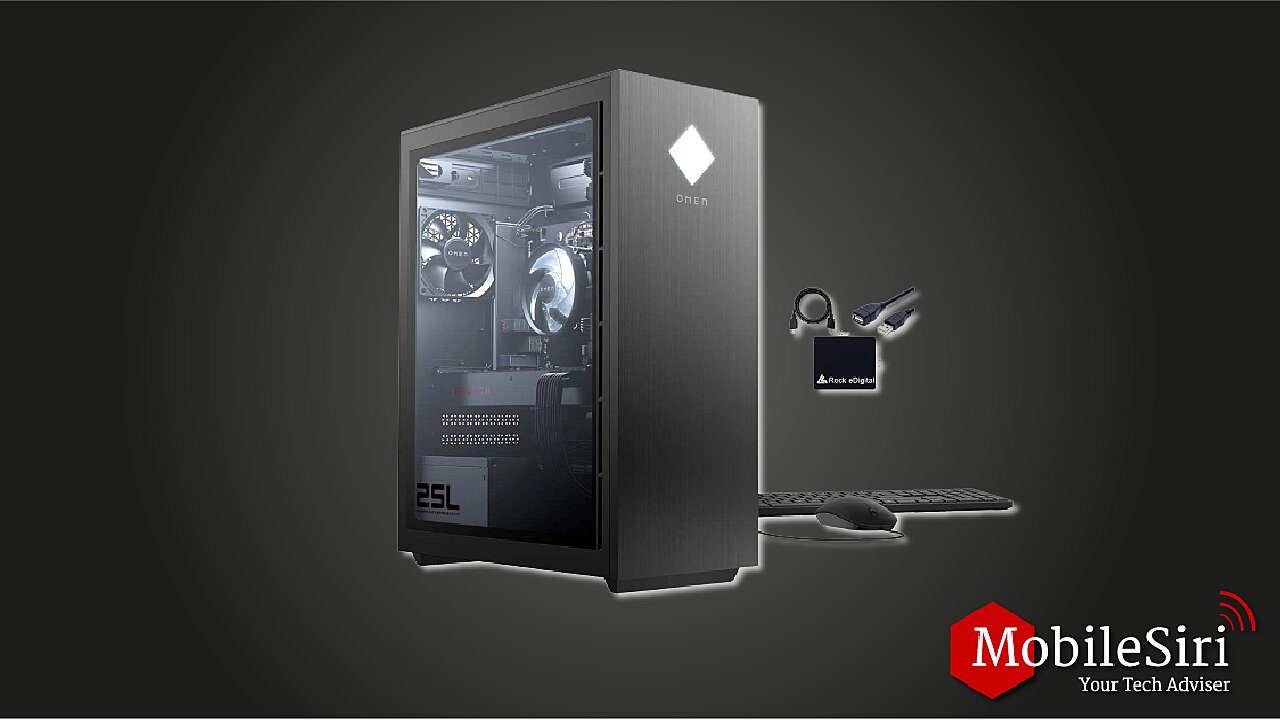
OMEN-GT13 is the best CPU for VR ready gaming PCs. It makes two different versions of this computer 25L and 30L so here we have OMEN 30L Version. It has a sleek-looking design and a tempered glass side panel that displays internal components with RGB lighting effects. You can personalize your RGB lighting by setting a single color or pre-programmed lighting. It consists of a number of inputs on the front and back including a microphone, USB ports, and one single USB Type C port.
Moreover, the PC includes a front fan, air cooler, and liquid cooler. The key features of this desktop include Intel i9-10850k, NVIDIA GeForce RTX 3090, (24GB GDDR6X), 32GB RAM, XMP RGB Lighting DDR4, and 1TB SSD. The PC produces spatial 360 degrees, of 3D sound perfect for VR.

iBUYPOWER Gaming PC Computer
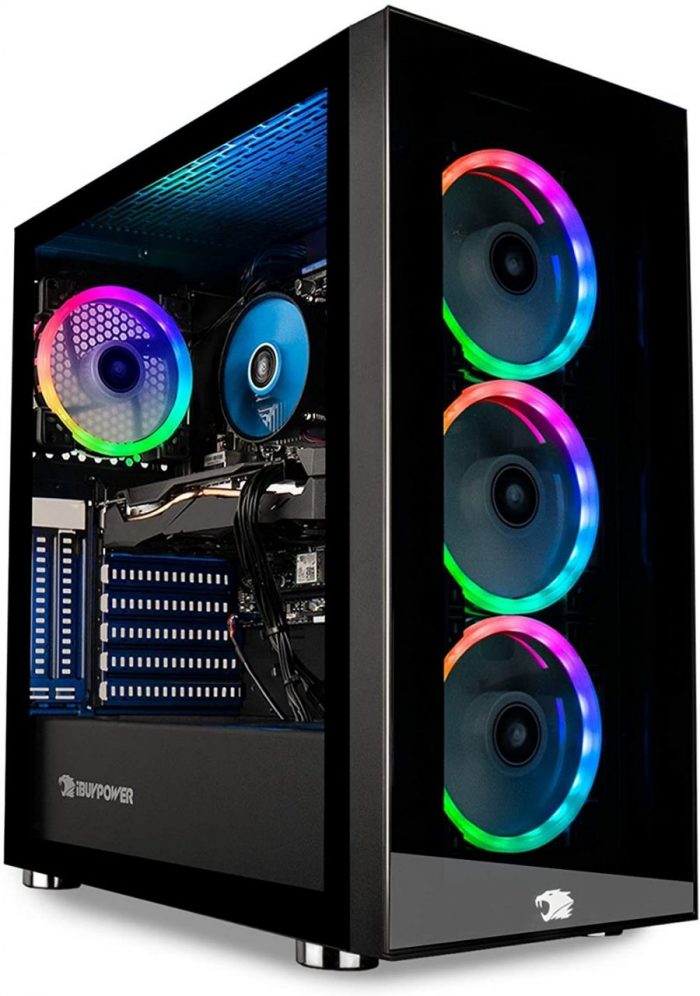
iBuypower is known as the maker of excellent custom VR-ready gaming PC with an understated, simplistic look that comes with a mouse and keyboard. Only a clear side window 10 home and intel i7-10700F and RGB lightning case indicate that this is a gaming desktop.
iBuypower is the best CPU for vr. There are two key selling points of this gaming configuration. First, one is the VR-ready panel on the front, which offers access to the HDMI and USB ports required to hook up a VR headset. Another is the inclusion of the Nvidia GTX 1660 Ti 6 GB graphics card and 16GB DDR4 RAM memory.

CORSAIR ONE a200
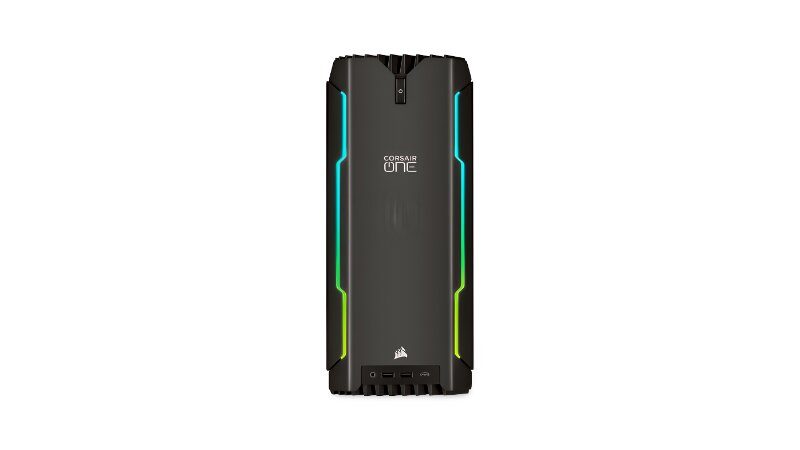
CORSAIR ONE a200 is the Gaming pc under $600. Corsair Systems is one of the best gaming Virtual Reality Ready PCs with a hefty price tag of $3750 that supports VR gaming for both the HTC VIVE with Steam VR and the Oculus Rift VR. This very high-end configuration has an Extreme Edition AMD Ryzen 9 5900x, a faster Graphics card NVIDIA GeForce RTX 3080, and a TB of NVMe SSD. It is one of the best VR-ready PCs, but it also has high-performance content with the fastest memory.
It has a RAM memory of 32GB DDR4 and weighs about 17.3 pounds. Its 3200 MHz memory speed allows for a zooming-fast gaming experience.
VR-ready gaming PC
Acer Predator Orion 3000
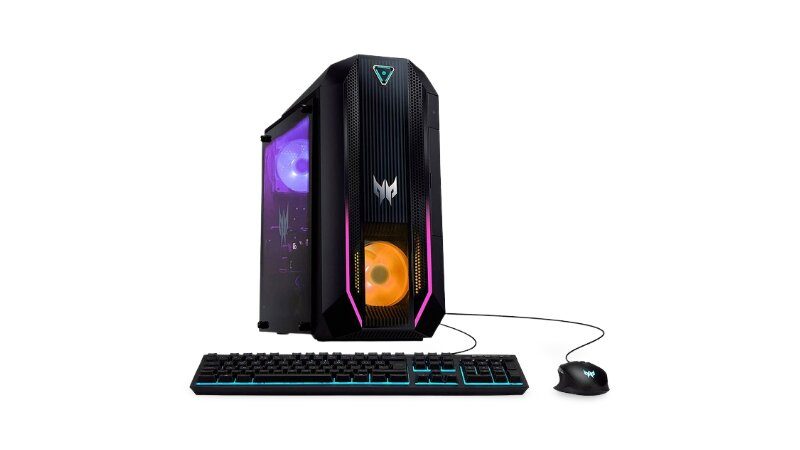
Acer Predator Orion 3000 is a multitasking gaming PC on Windows 11 Home. It features an Intel core i7, 12700F 8-Core, GeForce RTX 3070, 16GB DDR4, and 512GB NVMe SSD. It displays 1- USB 3.2 Type C Gen 2 Port, Gen 1 Type-A ports, 2 USB 2.0 Ports, and 2 Audio Jack.
Acer Predator Orion 3000 is the best choice if unbridled, untamed power is what you’re looking for. It has a Dual Predator fan, an RGB gaming keyboard as well an RGB gaming mouse. It is the Gaming pc under $600.

